TOOLS & MATERIALS
Drawing
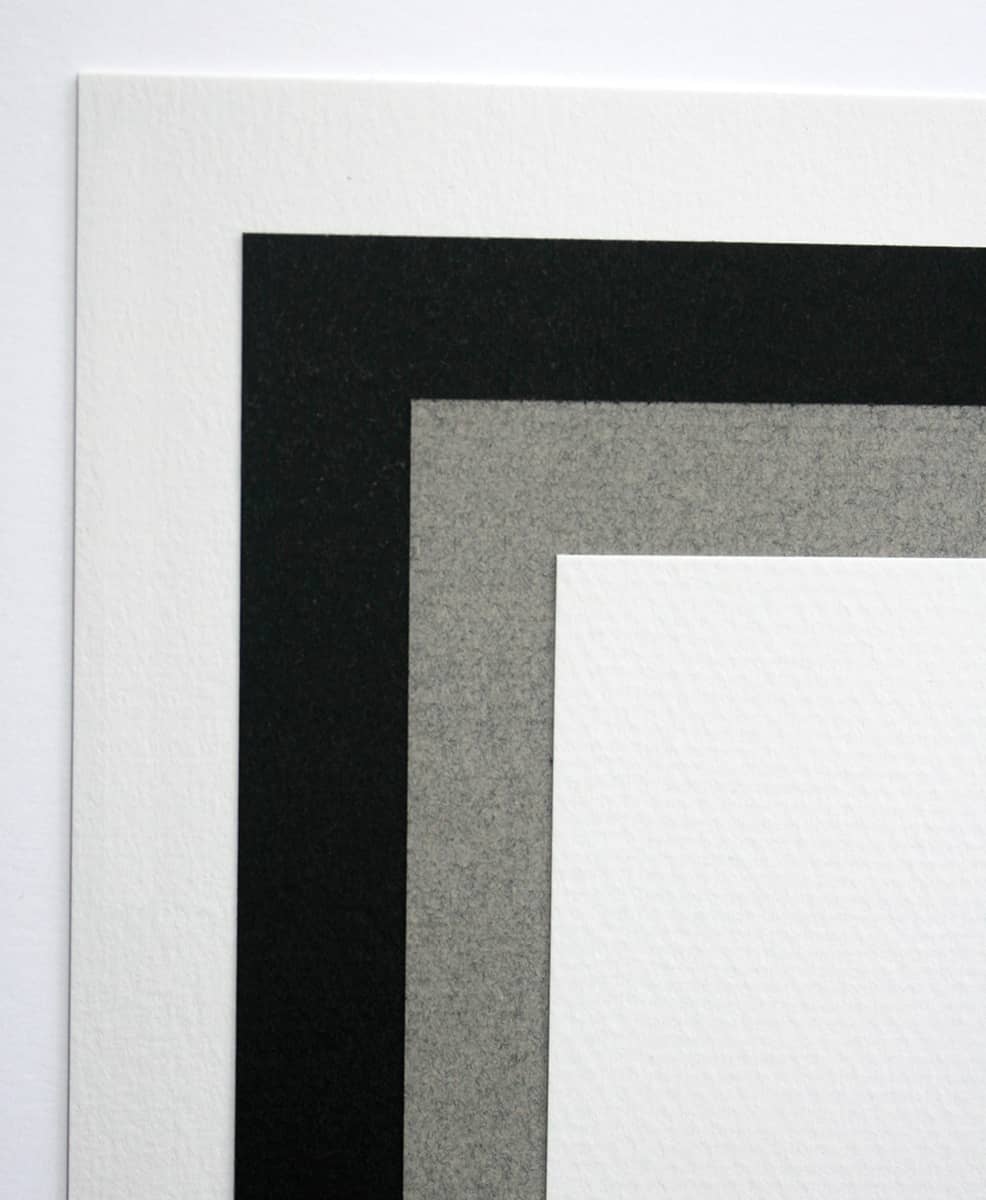
DRAWING PAPER Drawing paper is available in a range of surface textures (called “tooth”), including smooth grain (plate finish and hot pressed), medium grain (cold pressed), and rough to very rough. Cold-pressed paper is the most versatile and is great for a variety of drawing techniques. For finished works of art, using single sheets of drawing paper is best.
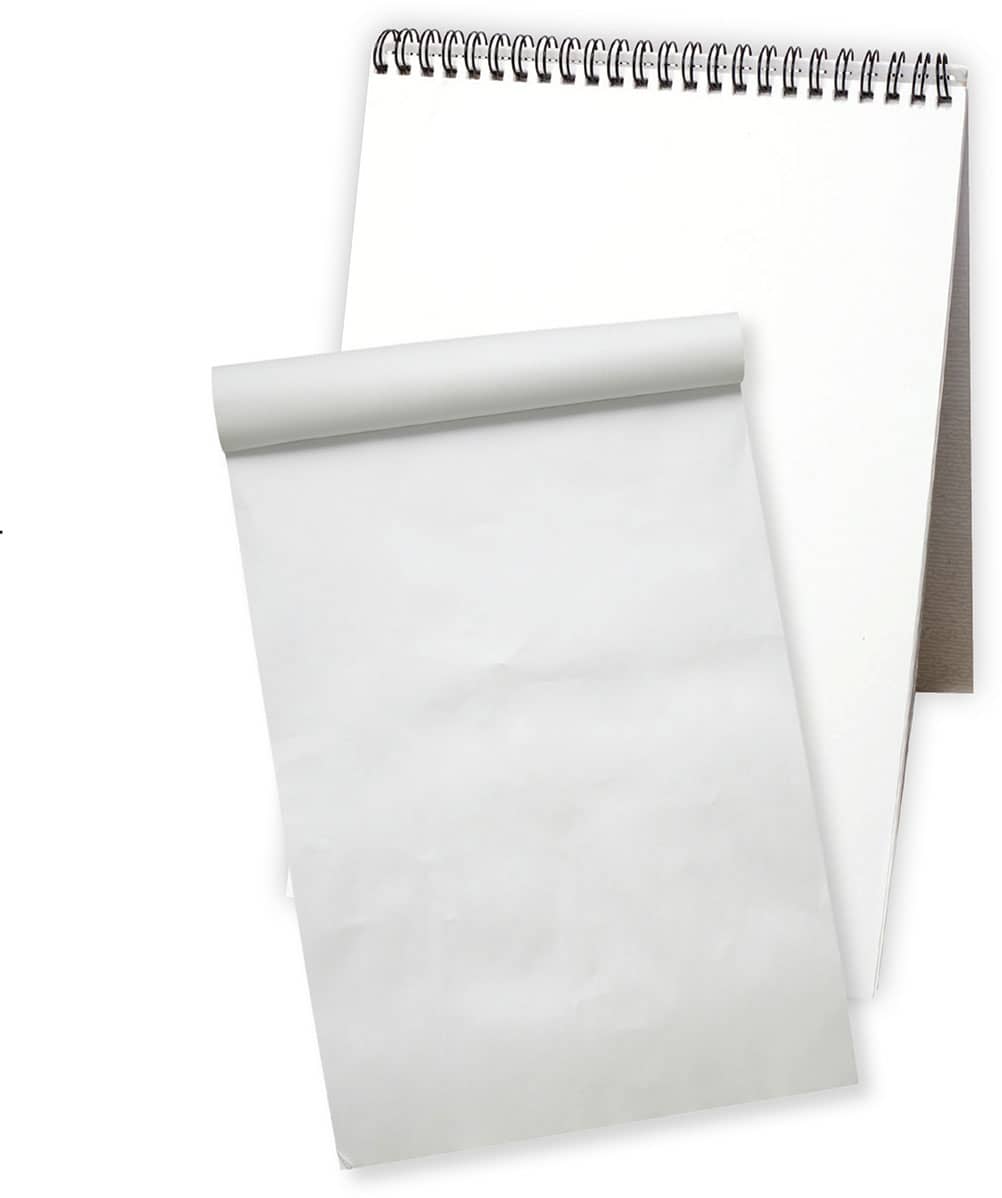
SKETCH PADS Sketch pads come in many shapes and sizes. Although most are not designed for finished artwork, they are useful for working out your ideas.
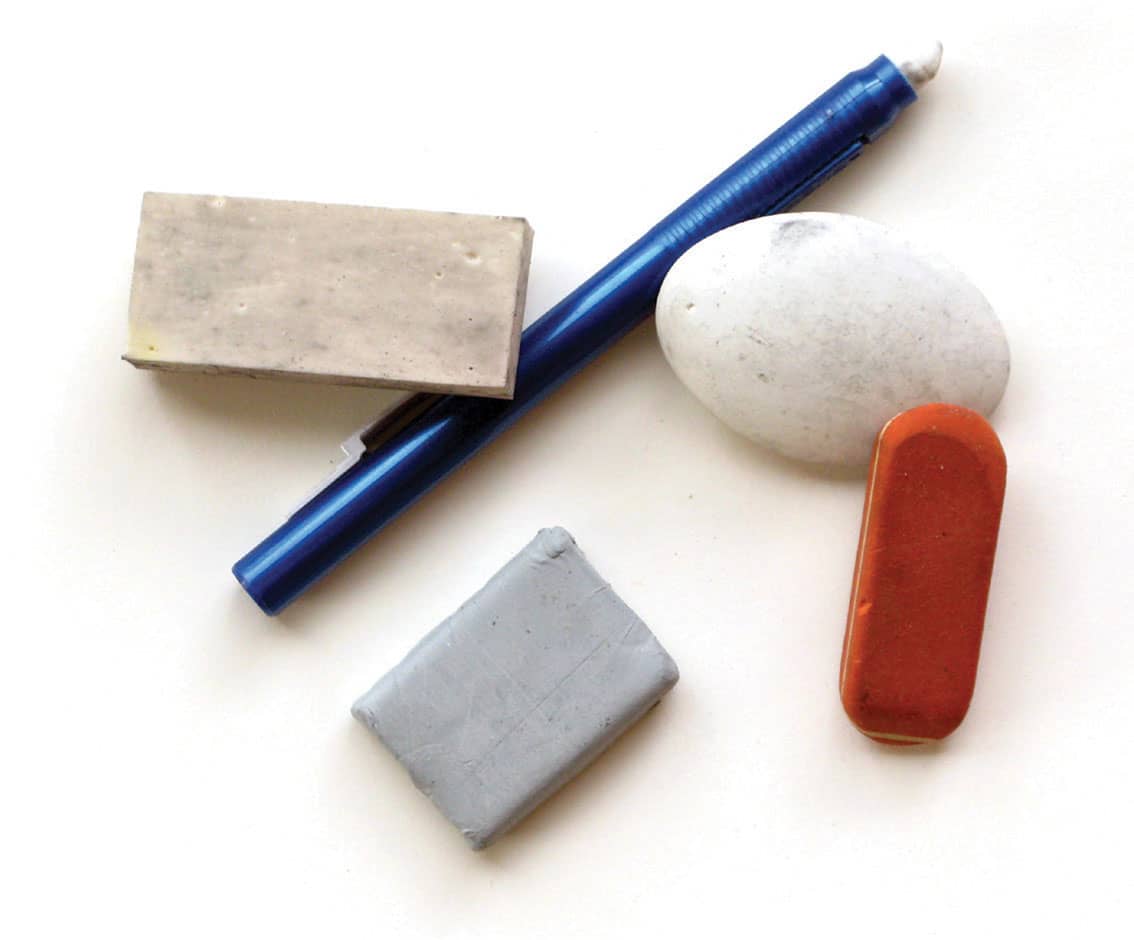
ERASERS There are several types of art erasers. Plastic erasers are useful for removing hard pencil marks and large areas. Kneaded erasers (a must) can be molded into different shapes and used to dab at an area, gently lifting tone from the paper.
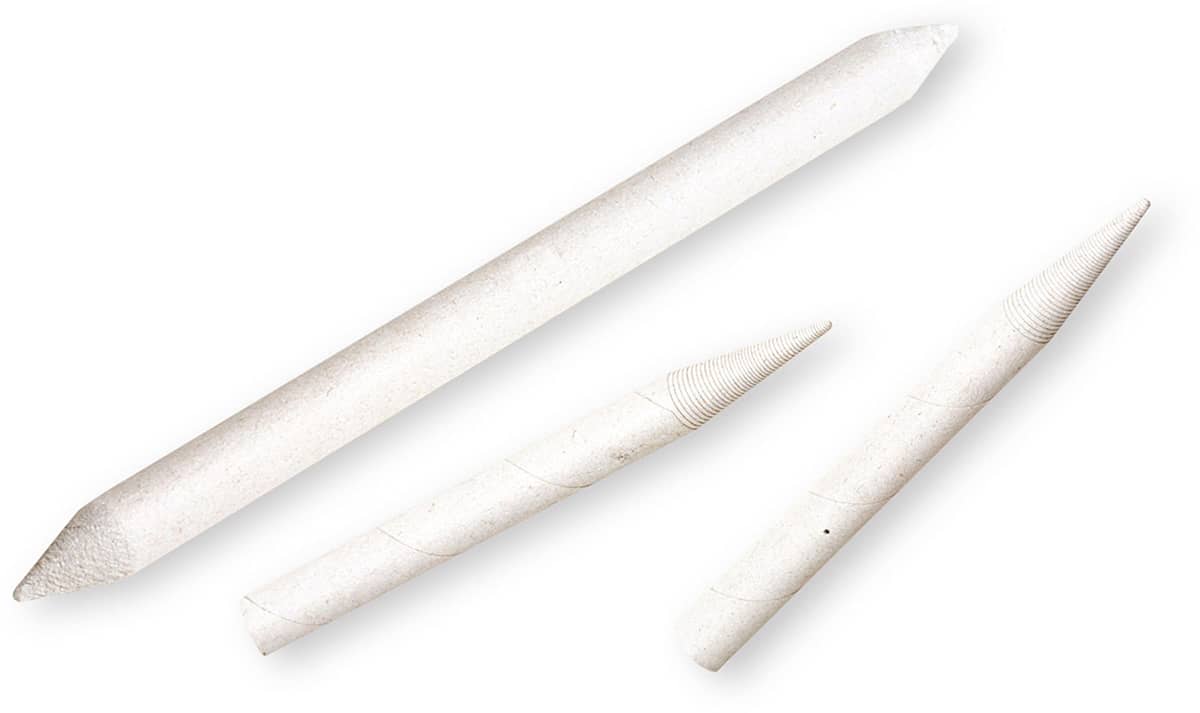
TORTILLONS These paper “stumps” can be used to blend and soften small areas when your finger or a cloth is too large. You also can use the sides to blend large areas quickly. Once the tortillons become dirty, simply rub them on a cloth, and they’re ready to go again.
DRAWING IMPLEMENTS
Drawing pencils, the most common drawing tool and the focus of this book, contain a graphite center. They are categorized by hardness, or grade, from very soft (9B) to very hard (9H). A good starter set includes a 6B, 4B, 2B, HB, B, 2H, 4H, and 6H. The chart below shows a variety of drawing tools and the kinds of strokes you can achieve with each one.
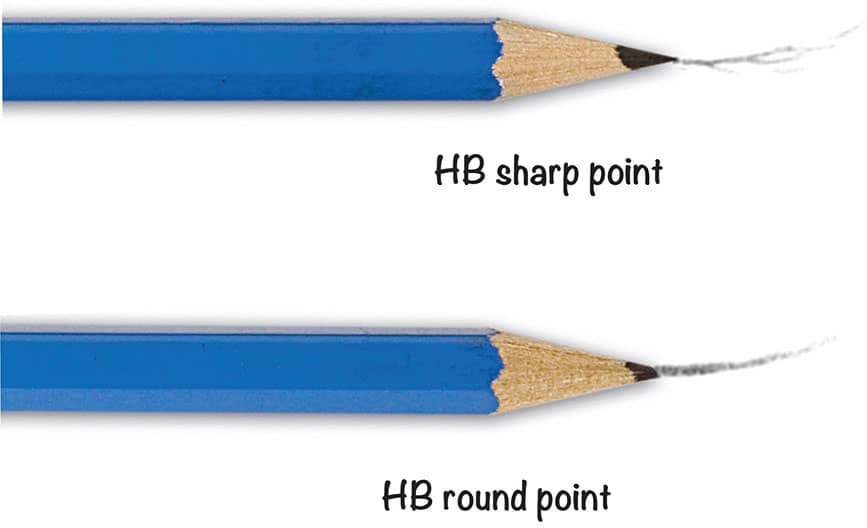
HB An HB with a sharp point produces crisp lines and offers good control. A round point produces slightly thicker lines and is useful for shading small areas.
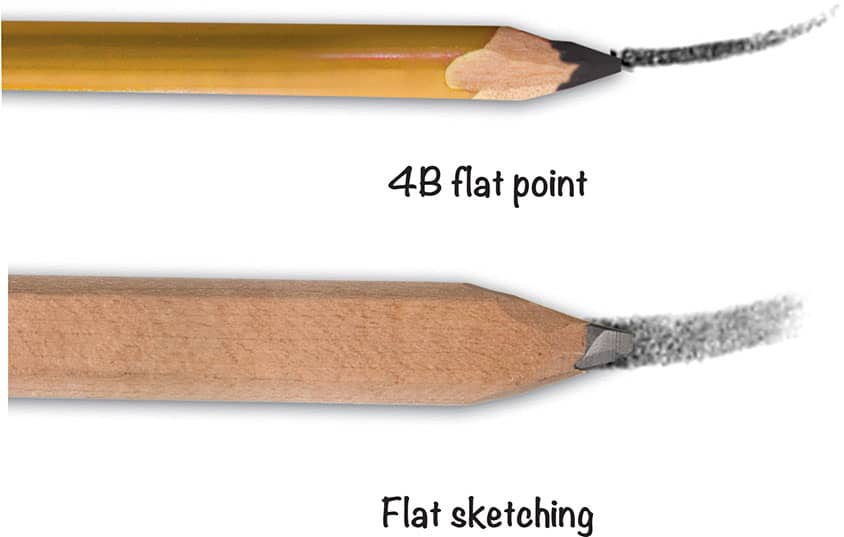
FLAT For wider strokes, use a 4B with a flat point. A large, flat sketch pencil is great for shading bigger areas.
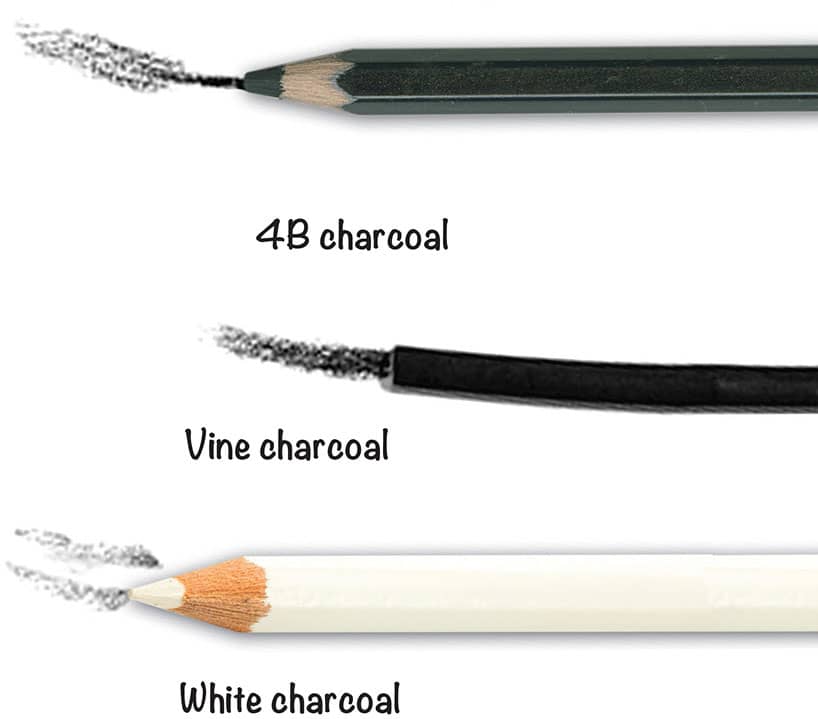
CHARCOAL 4B charcoal is soft and produces dark marks. Natural charcoal vines are even softer and leave a more crumbly residue on the paper. White charcoal pencils are useful for blending and lightening areas.
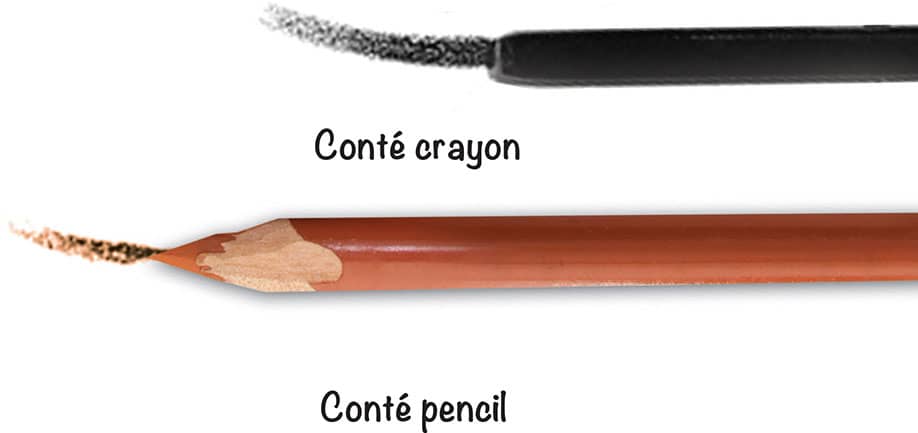
CONTÉ CRAYON OR PENCIL Conté crayon is made from very fine Kaolin clay and is available in a wide range of colors. Because it’s water soluble, it can be blended with a wet brush or cloth.
SHARPENING YOUR PENCILS
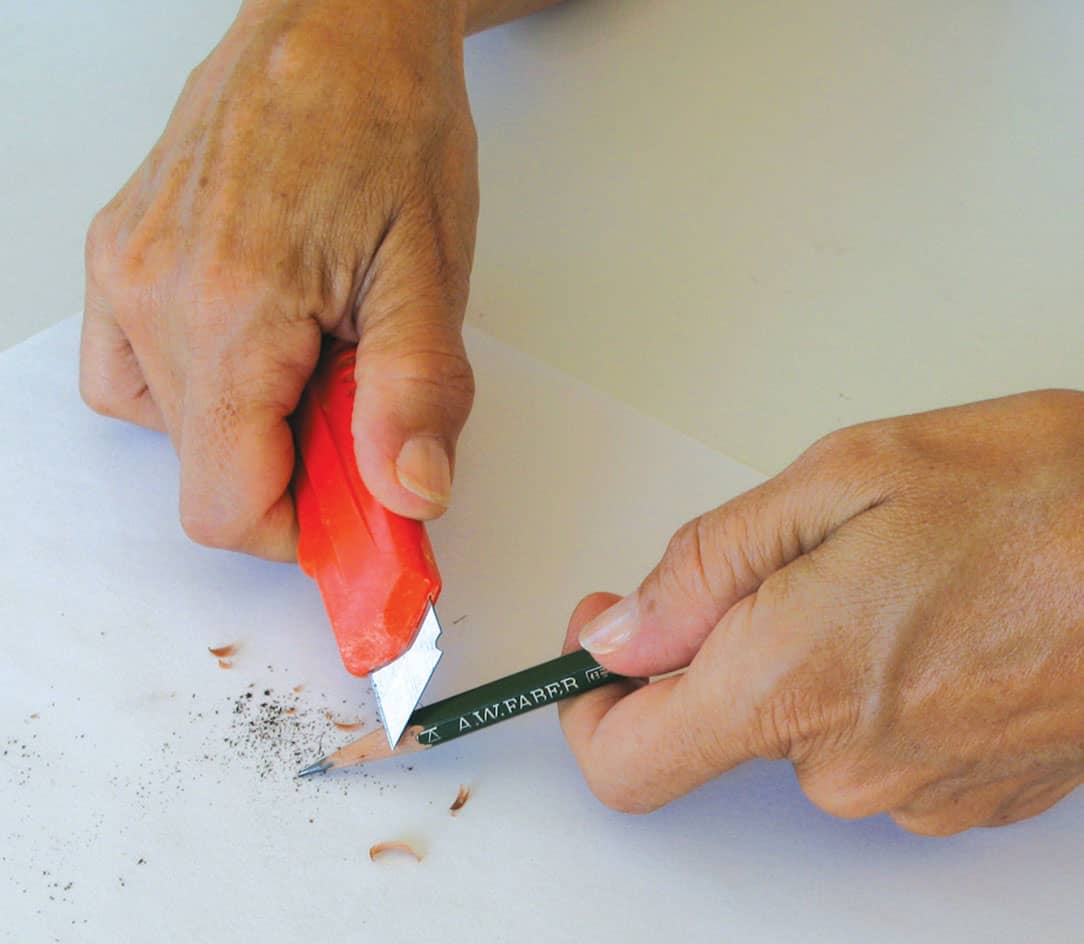
A UTILITY KNIFE Use this tool to form a variety of points (chiseled, blunt, or flat). Hold the knife at a slight angle to the pencil shaft, and always sharpen away from you, taking off a little wood and graphite at a time.
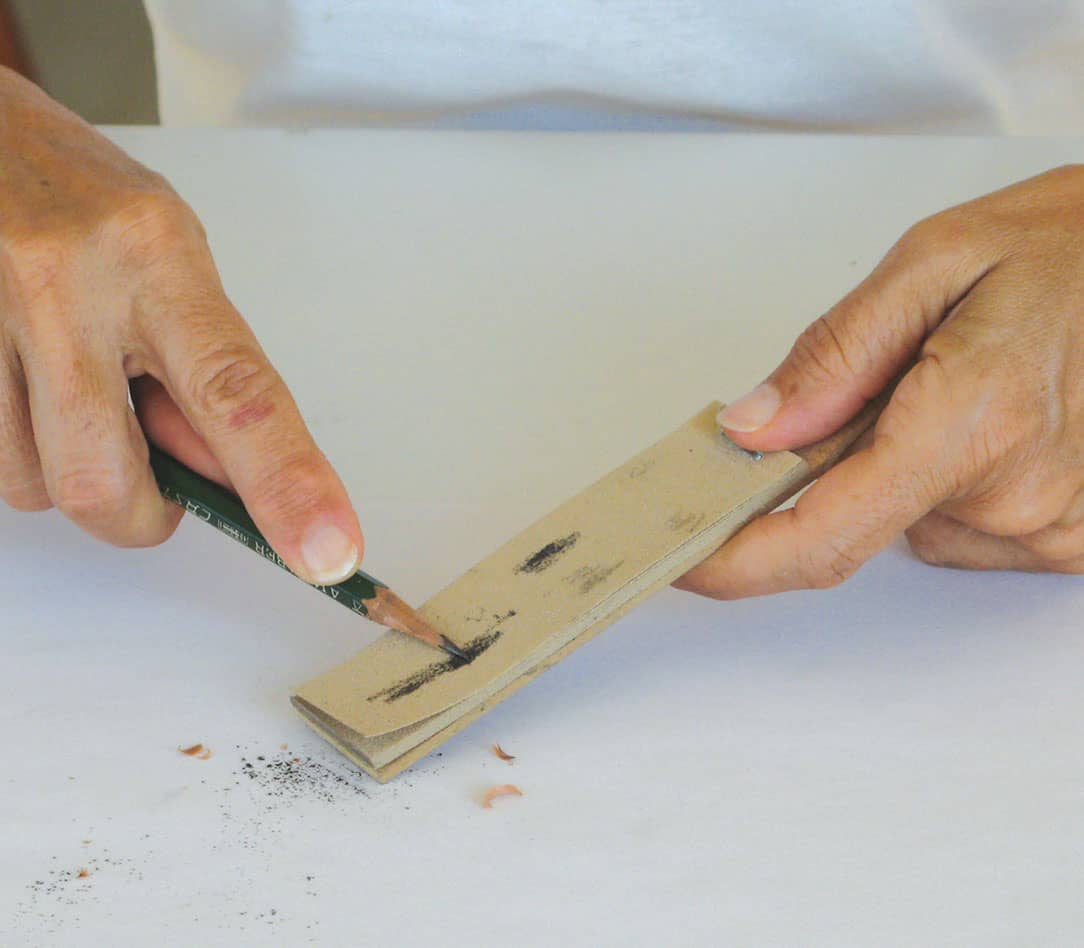
A SANDPAPER BLOCK This tool will quickly hone the lead into any shape you wish. The finer the grit of the paper, the more controllable the point. Roll the pencil in your fingers when sharpening to keep its shape even.
Oil & Acrylic
PAINTS
Paint varies in expense by grade and brand, but even reasonably priced paints offer sufficient quality. Very inexpensive paints might lack consistency and affect your results, but buying the most costly color may limit you. Find a happy medium.
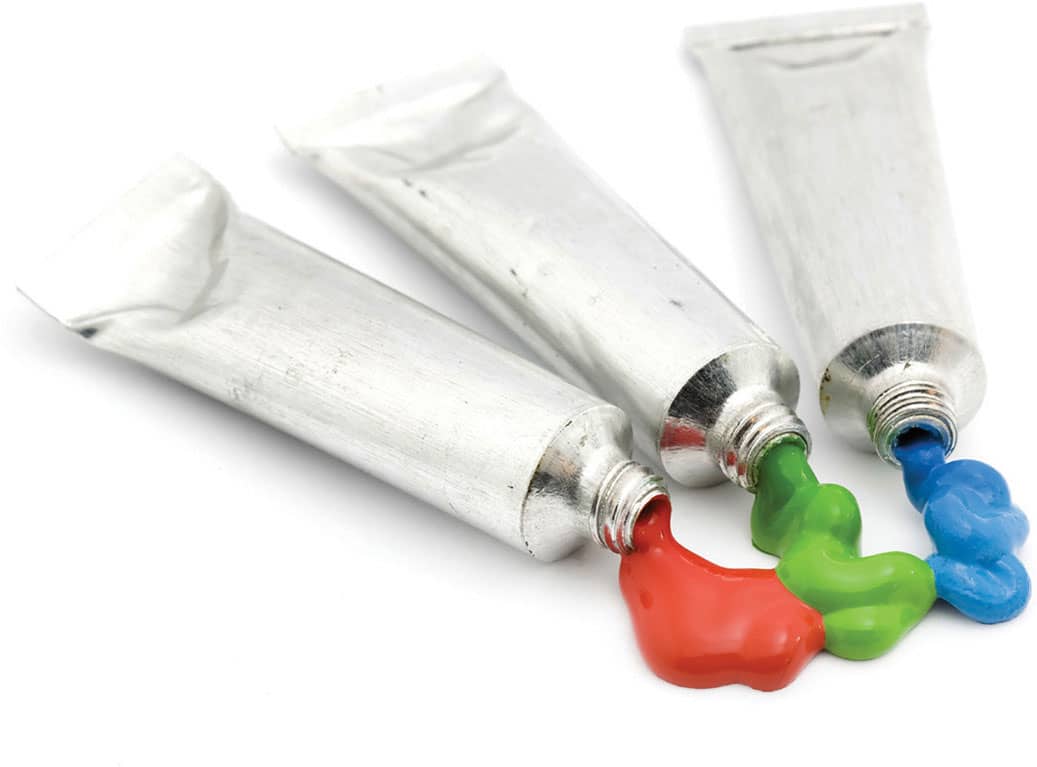
PALETTE & PAINTING KNIVES
Palette knives are mainly used for mixing colors on your palette and come in various sizes and shapes. Some knives can also be used for applying paint to your canvas, creating texture in your work, or even removing paint. Palette knives are slightly rounded at the tip. Painting knives are pointed and a bit thicker, with a slightly more flexible tip.
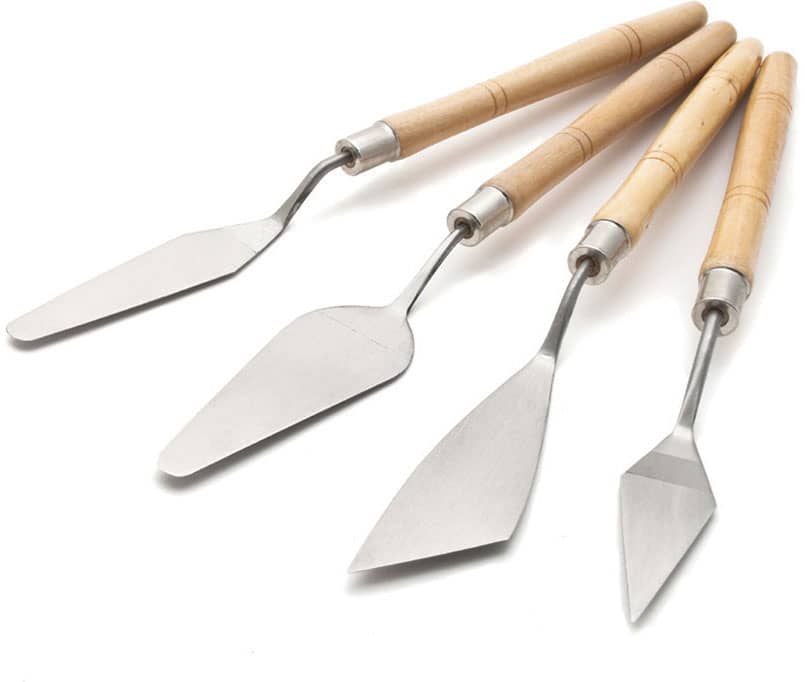
PALETTES
Palettes for acrylic range from white, plastic handheld palettes to sheets of plexiglass. The traditional mixing surface for oils is a handheld wooden palette, but many artists opt for a plexiglass or tempered glass palette. A range of welled mixing palettes are available for watercolorists, from simple white plastic varieties to porcelain dishes.
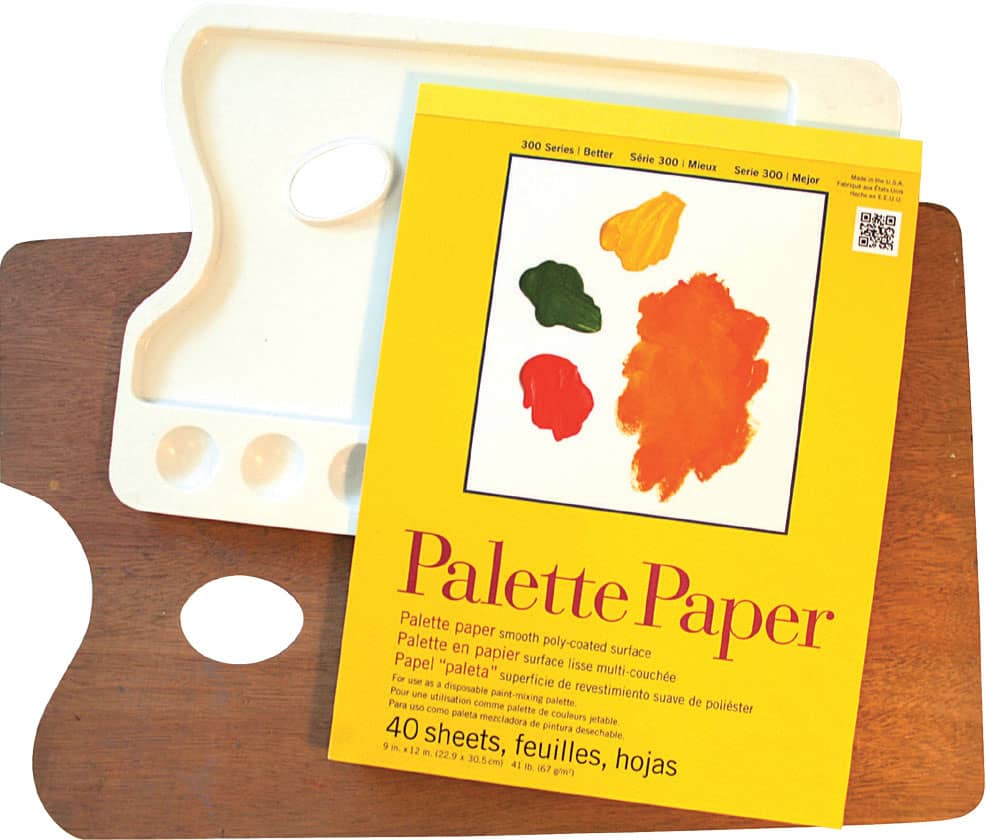
BRUSHES
Synthetic brushes are the best choice for acrylic painting because their strong filaments can withstand the caustic nature of acrylic. Sable and soft-hair synthetic brushes are ideal for watercolor. A selection of hog bristle brushes is a staple for all oil painters. Build your starter set with small, medium, and large flat brushes; a few medium round brushes; a liner (or rigger) brush; a medium filbert brush; and a medium fan brush. Brushes are commonly sized with numbers, although the exact sizes vary between manufacturers. Generally #1 to #5 are small brushes, #6 to #10 are medium brushes, and #11 and up are large brushes. Flat brushes are often sized by the width of the ferrule (or brush base), such as ¼-inch, ½-inch, and 1-inch flat brushes.
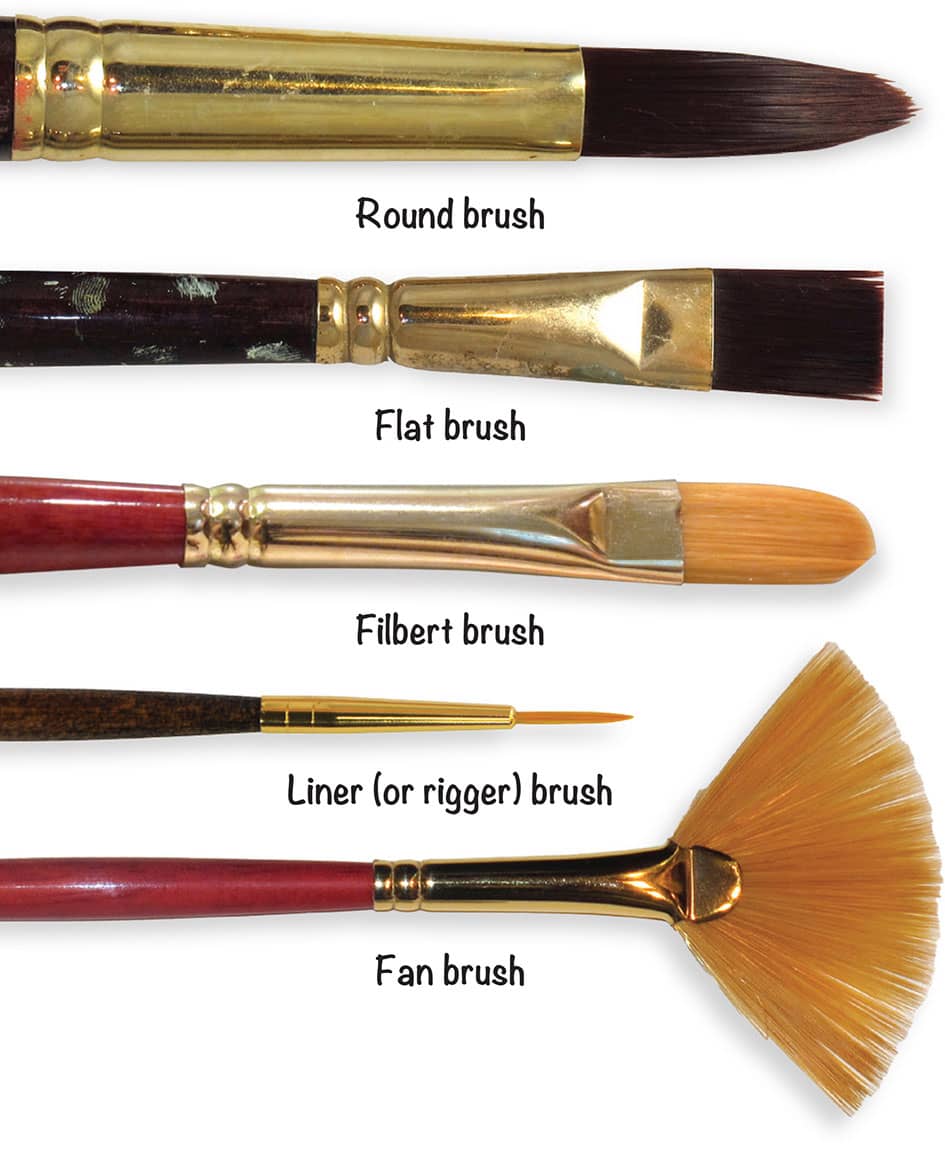
PAINTING SURFACES
Although you can paint with oils and acrylics on almost any material, from watercolor paper to wooden board, canvas is the most popular choice. Watercolor paper is the perfect surface for the fluid washes of watercolors. Many artists like using this durable paper for other wet and dry media.
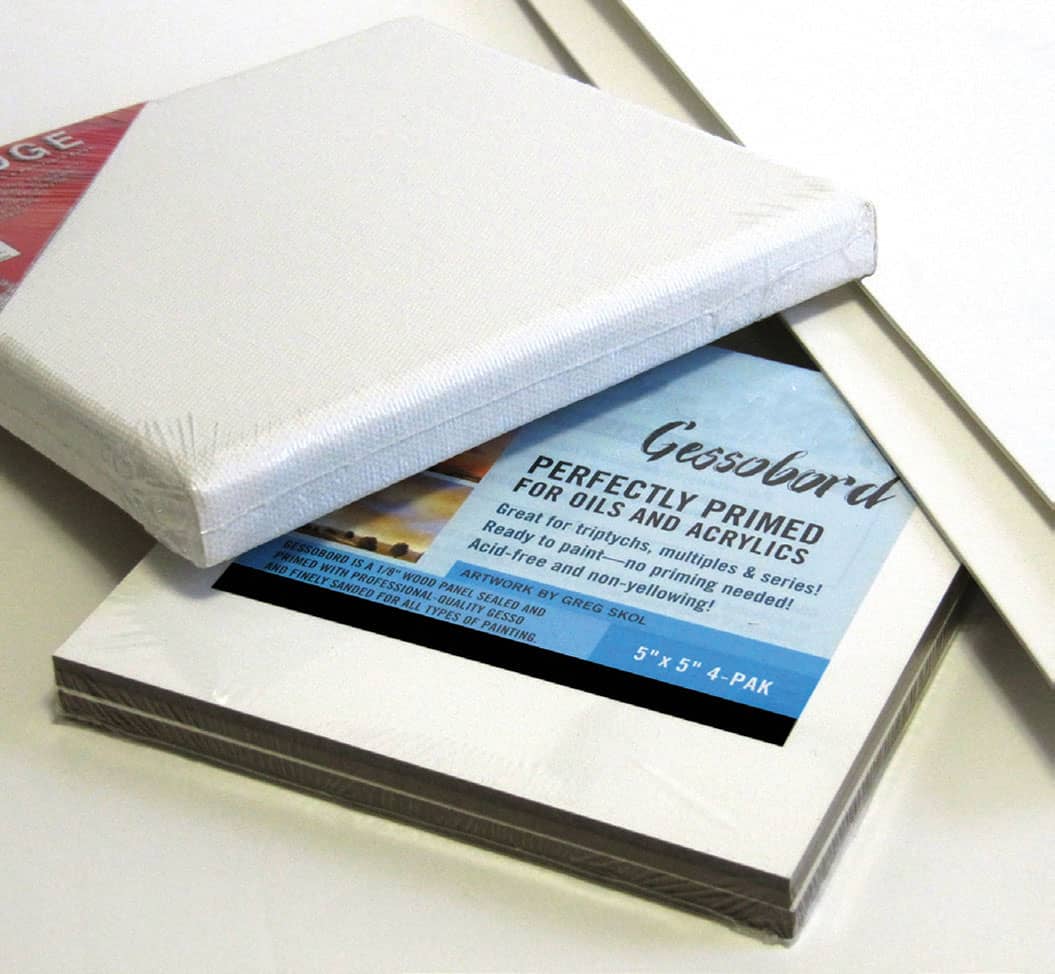
MEDIUMS, SOLVENTS & ADDITIVES
Drying oils and oil mediums allow artists to change the consistency and reflective qualities of oil paint. Although you can technically paint straight from the tube, most artists add medium to extend the paint and to build an oil painting in the traditional “fat over lean” layering process. Because oil-based paints do not mix with water, artists traditionally use solvents, such as odorless mineral spirits, for paint thinning and cleanup. If you choose to purchase a solvent, be sure it is intended for fine-art purposes. Note any instructions and cautions provided by the manufacturer.
To thin and clean up acrylic and watercolor, water is the simplest medium. However, you can also find mediums and additives made specifically for these types of paint. A range of gels, pastes, and additives allow artists alter to the behavior and properties of acrylic paint, such as extending the drying time or creating a coarse texture. Watercolor mediums are less common, but some artists rely on adding ox gall, gum arabic, granulation medium, or iridescent medium to create specific effects.

ADDITIONAL SUPPLIES
Some additional supplies you’ll want to have on hand include:
• Paper, pencils, and a sharpener for drawing, sketching, and tracing
• Jars of water, paper towels, and a spray bottle of water
• Fixative to protect your initial sketches before you apply paint
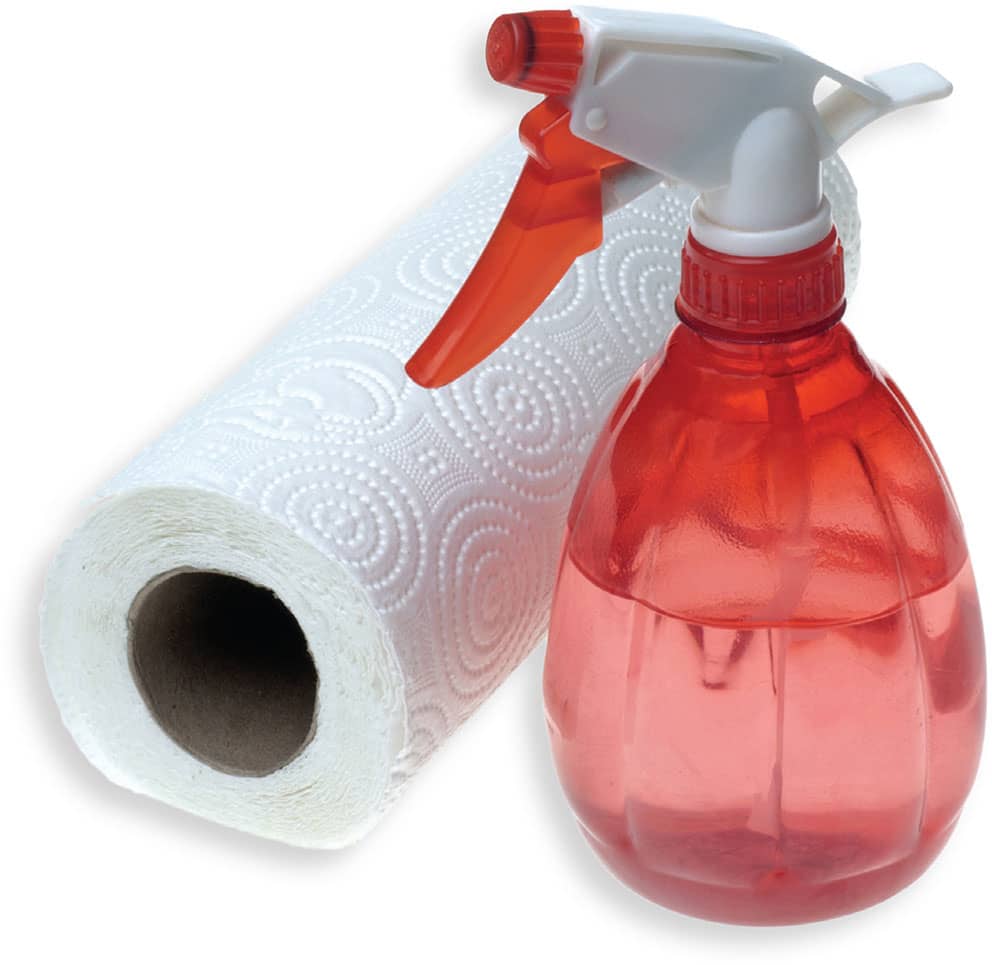
Colored Pencil
Colored pencil artwork requires few supplies. Many pencil brands are sold at reasonable prices in art stores and online; however, it’s best to purchase artist-grade, professional pencils whenever possible. Student-grade pencils will not produce lasting works of art because the colors tend to fade quickly.
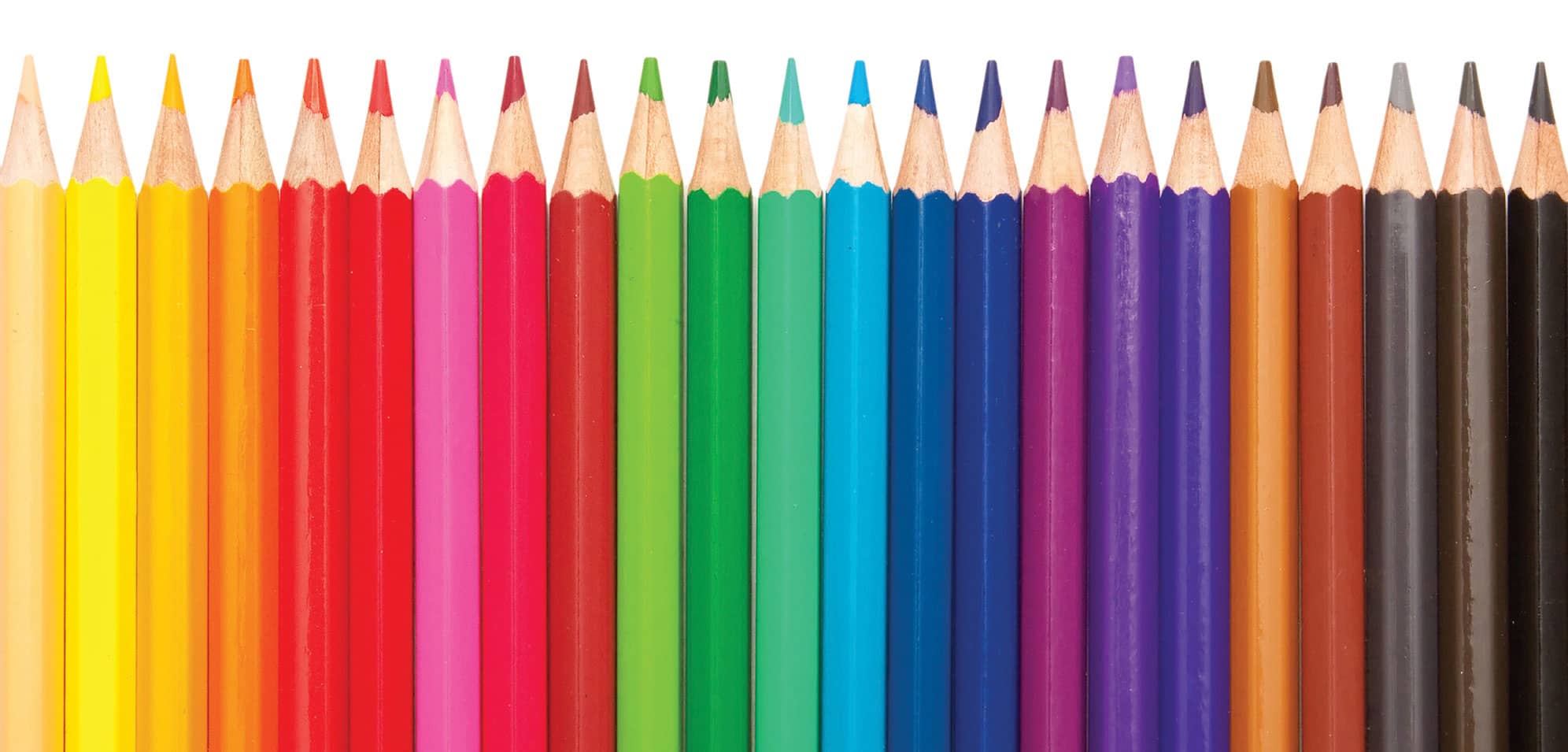
COLORED PENCILS
There are three types of colored pencils: wax-based, oil-based, and water-soluble. You should purchase a few of each and test them to see what looks great on paper.
WAX-BASED Wax-based pencils are known for their creamy consistency an easy layering. However, they wear down quickly, break more frequently, and leave pencil crumbs behind. This is easily manageable with careful sharpening, gradual pressure, and the use of a drafting brush to sweep away debris. Wax bloom, a waxy buildup that surfaces after numerous layers of application, may also occur. It is easy to remove by gently swiping a soft tissue over the area.
OIL-BASED These pencils produce generous color with little breakage. There is no wax bloom and little pencil debris. They sharpen nicely and last longer than wax-based pencils. They can be harder to apply, but they are manageable when establishing color and building layers.
WATER-SOLUBLE These pencils have either wax-based or oil-based cores, which allow for a watercolor effect. Use them dry like a traditional colored pencil, or apply water to create a looser, flowing effect. This is especially nice for slightly blurred backgrounds.
CHOOSING PAPER
Smooth Bristol paper is a hot-pressed paper that accepts many layers of color. It allows you to build up your colors with a lot of layering and burnishing, which involves using strong pressure to create a polished, painterly surface. Additional surfaces include velour paper, museum board, suede mat board (great for animal fur), illustration board, wood, and sanded paper, which eats up pencils quickly but presents a beautiful, textured look. Experiment with different surface types, colors, and textures until you find what works for you.
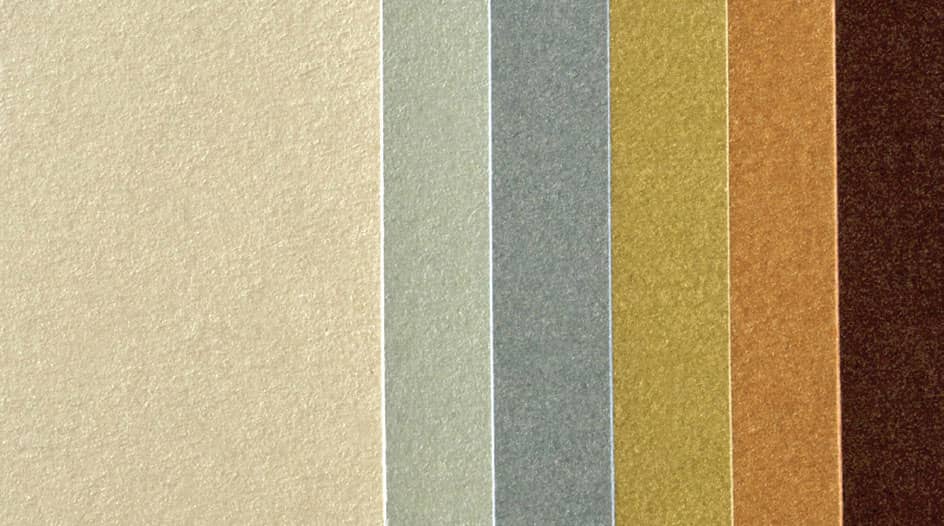
UNDERSTANDING PAPER TOOTH Choose paper based on the tooth, or paper texture. Rough paper contains more ridges than smooth paper. The paper’s tooth will determine how many layers you can put down before the paper rips. Hot-pressed paper has less tooth and a smoother texture. Cold-pressed paper has more tooth and a rougher texture, which is excellent for water-soluble pencils.
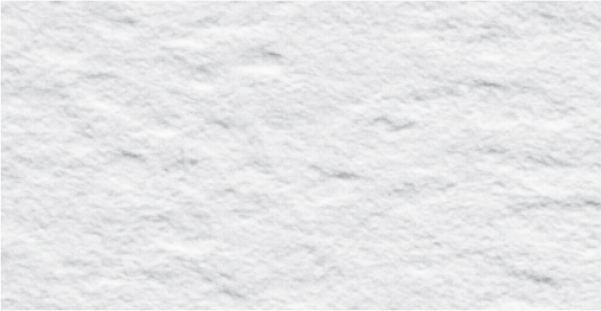
Textured paper has defined ridges that accept many colored pencil layers without compromising the paper.

Smooth paper is less likely to accept multiple applications of color without ripping.
Pastel
When selecting pastels, it is important to understand the different qualities of each type of pastel. There are three main types: soft, hard, and pastel pencils. Beginners should collect a large assortment of artist’s-quality soft pastels (70 or more) and a smaller selection of hard pastels.
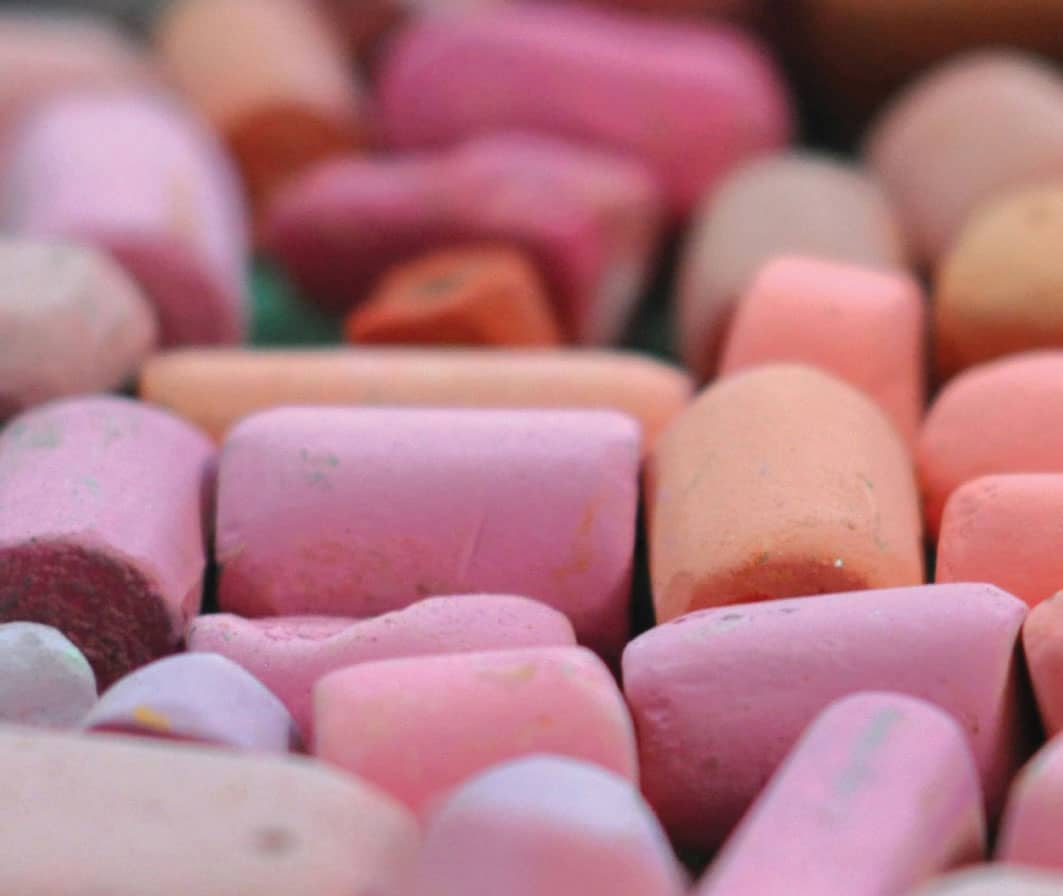
SOFT PASTELS Good-quality soft pastels are composed of almost pure pigment, with a very small amount of filler and just a touch of binder to hold them together. As a result, they are more sensitive and crumble easily. Soft pastels are incredibly brilliant, with beautiful covering strength. The degree of softness and shape varies depending on the brand. Traditional soft pastels are round, yet many are currently produced in a shorter square format. Thanks to the popularity of the pastel medium, there is an ever-growing selection of quality soft pastels on the market today. But as a beginner, you can explore the available pastels to find what works for you. Soft pastels are quite versatile and can be applied in thin glazes or in thick impasto painting techniques. They come in very large selections of up to 500 colors to choose from, including all the tints, shades, and tones. They can even be bought in sets designed specifically for landscape, portrait, or still life use. Soft pastels can also be purchased in single sticks.
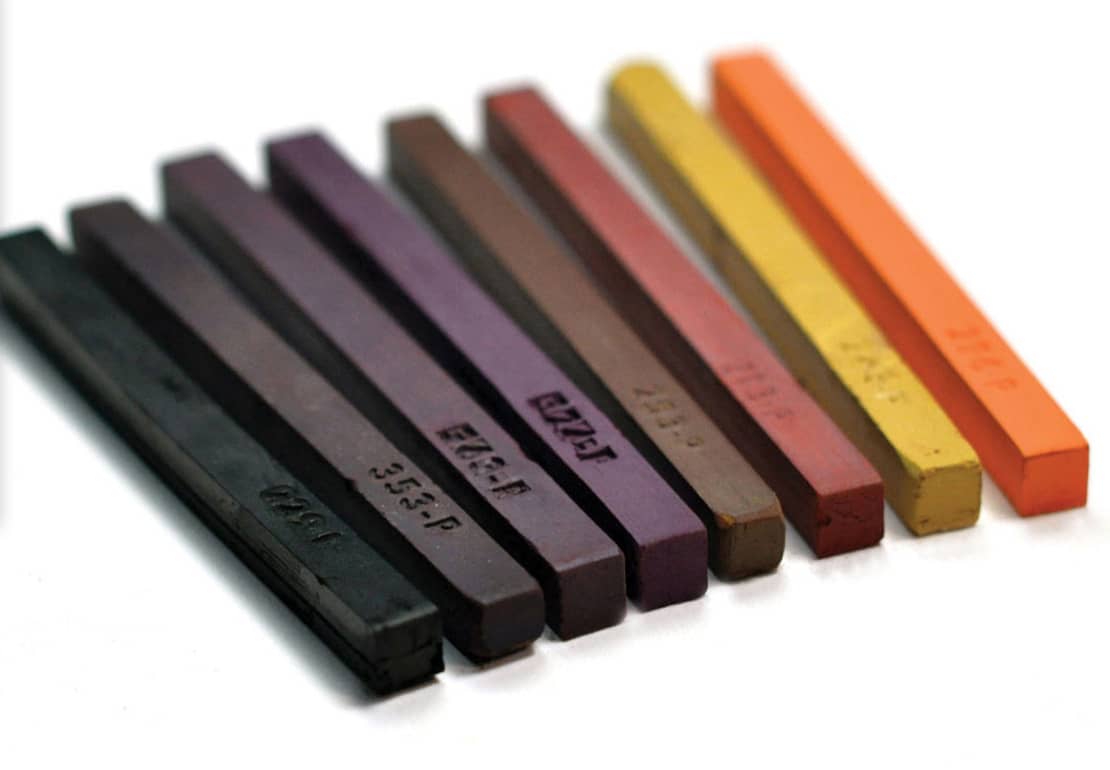
HARD PASTELS Hard pastels are typically thinner and longer than soft pastels. They also contain more binder and less pigment. Hard pastels do not fill the tooth, or grain, of the paper as quickly as soft pastels, nor do they have quite the same tinting strength, yet they can be used interchangeably with soft pastel throughout a painting. Hard pastels can be sharpened to a point with a razor because of their harder consistency. They work well for a linear drawing approach, making them ideal for applying small details as well as laying in the preliminary drawing. Hard pastels are great for portrait details. Keep a selection of earth and skin tones on hand, as well as neutral accents like black and white.

PASTEL PENCILS Pastel pencils are essentially a hard pastel core in a protective wood covering. They are designed to be sharpened to a point and can be used either for detail work or sketching. You can buy pastel pencils in full sets or individually. It is beneficial to have a selection of pastel pencils on hand, though not necessary if you already have hard pastels.
